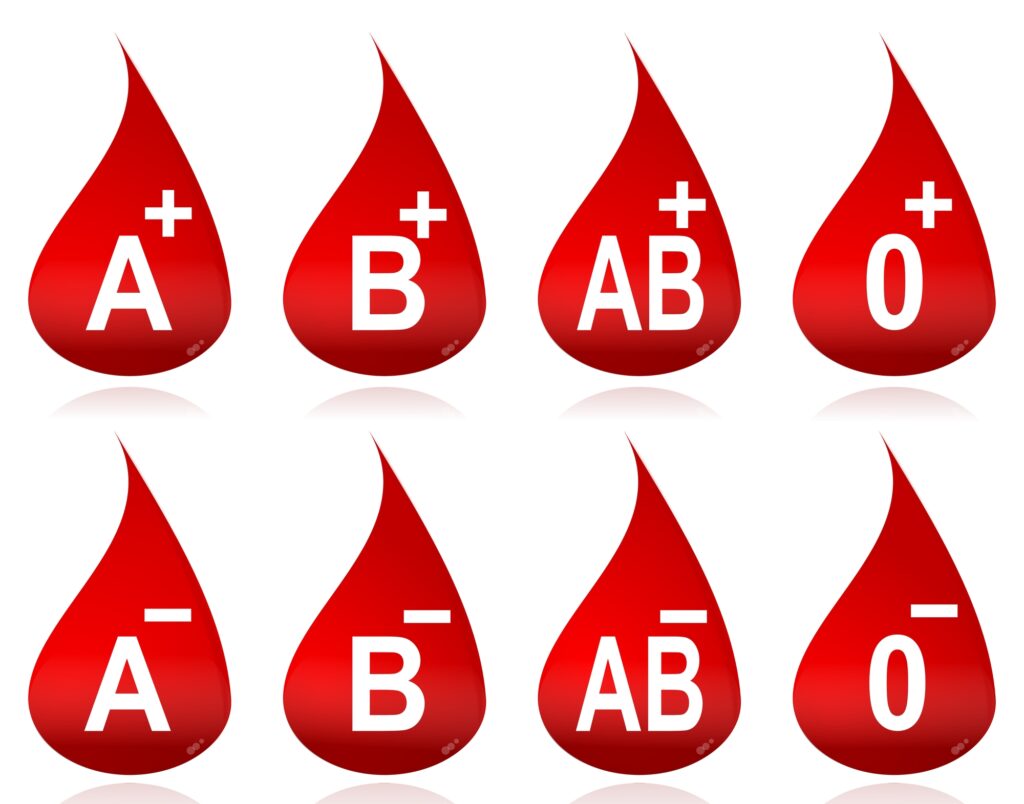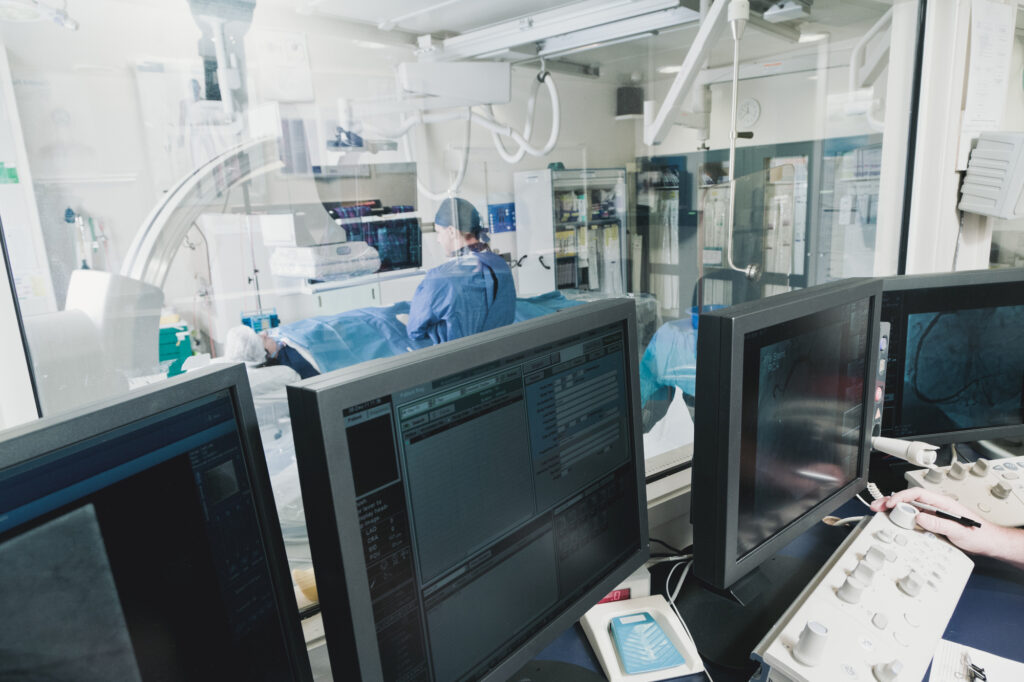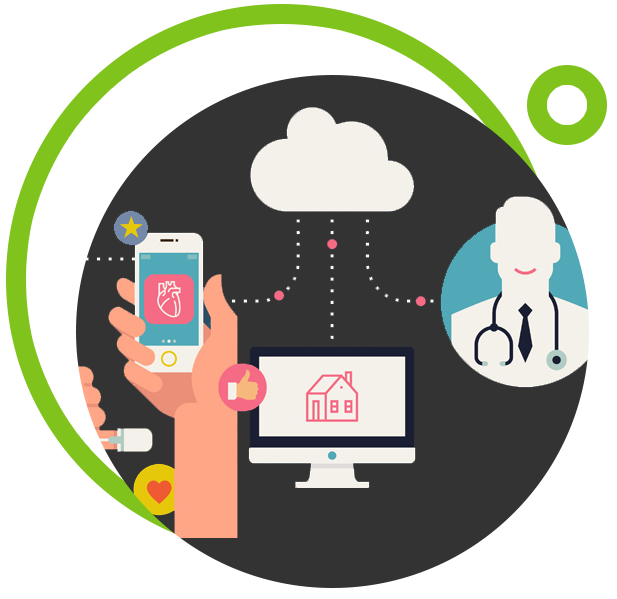Birds migrate south for better climates. Is it time to start re-evaluating your EHR climate?
Well known among clinicians are the challenges with many EHR systems, troubling user interfaces, difficulty navigating screens, and the number of mouse clicks required for even the most mundane tasks. As different EHR systems improve and provide more user-friendly interfaces, the challenges associated with choosing the best system for patient care should not be insurmountable.
Staff have finally gotten used to the existing system, so why change? Just because the current system is what everyone is used to, does not necessarily mean it is the best choice.
Health systems and physician practices have more choices than ever for EHR systems. Cloud based systems allow great flexibility and decreased infrastructure costs, traditional licensed software systems can offer more customized security and storage options. Practices may outgrow one EHR and have a need to move on to a new one, maybe the price has become prohibitive, maybe the nature of the practice itself has changed. The reasons for changing the EHR can be numerous.
Physicians, nurses, techs, and whole practices have likely spent countless hours customizing interfaces, connecting numerous devices and apps, and reducing their reliance on fax machines. Choosing a new EHR, for whatever reason, should not be a step backwards.
How do you choose a new EHR to begin with?
How do you handle the data migration?
What about all the existing patient data?
What about all the clinical workflows?
Where do you even start?!
Larger health systems may have an army of IT specialists at their disposal to help answer these questions, but even for large systems a migration of this size is a challenge. Are there the right people in place to begin with? What does the current infrastructure look like, can it even support a new system? For smaller hospitals or independent practices all these questions can seem overwhelming.
In 2016 the ONC published a guide to selecting EHR vendors, while published six years ago, the information is still relevant. For clinical and patient care staff one of the most important questions to be answered is whether or not the patient’s information will be present on day one. All patient data and information should be readily available to provide the continuity of care that everyone expects. All equipment used to enable patient care should be connected and functioning from day one.
Anyone who has been through systems and EHR implementations in healthcare is likely aware of the challenges and pain points that can occur. No matter how much training and testing has been completed, on day one, there will be questions and something will be missed. Clinical staff want systems that just work, and if something is broken, they want it fixed quickly so they can focus on their patients.
If you’ve experienced the challenge of implementing an EHR system, the thought of migrating to a new one might give you nightmares. Don’t let data migration, testing, and support be a barrier to implementing the best system for clinical staff and patients. Tido Inc. can help answer many of these questions with advisory services and assist with EHR migration and post go-live support.


 All health systems, no matter if they are small, medium, or large are dealing with increasing number of applications. The COVID-19 pandemic has accelerated digital transformation in every major sector, vastly increasing our reliance on technology to meet many of our daily needs. And healthcare is no exception! Our health systems have greatly expanded their digital footprint to better serve our patients, empowering them to perform routine tasks without leaving the comfort of their home—such as paying bills, requesting medication refills, and even receiving personal health updates digitally.
All health systems, no matter if they are small, medium, or large are dealing with increasing number of applications. The COVID-19 pandemic has accelerated digital transformation in every major sector, vastly increasing our reliance on technology to meet many of our daily needs. And healthcare is no exception! Our health systems have greatly expanded their digital footprint to better serve our patients, empowering them to perform routine tasks without leaving the comfort of their home—such as paying bills, requesting medication refills, and even receiving personal health updates digitally.